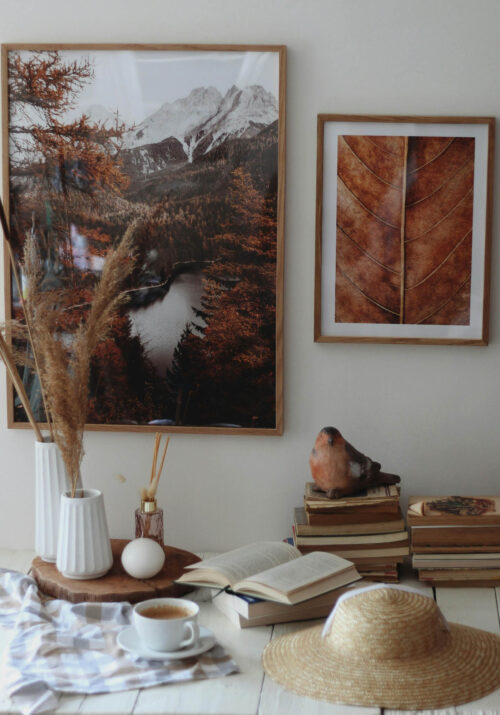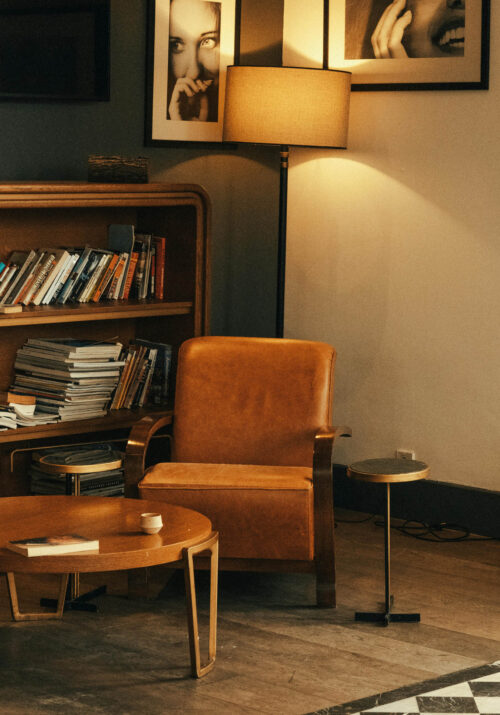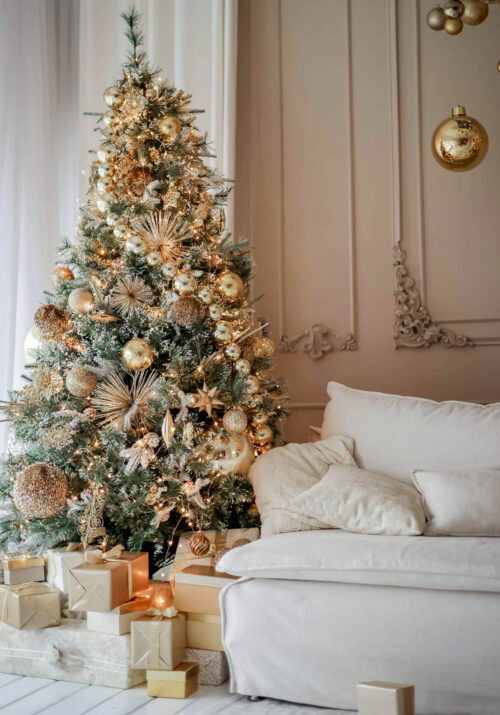In today’s fast-paced world, where trends come and go in the blink of an eye, there’s a certain charm in embracing the past. Vintage pieces and heirlooms not only tell stories but also add character and depth to any space. As an interior designer, I’ve witnessed the magic of reviving these treasures, infusing spaces with nostalgia and personality.
In this post, we’ll explore the art of breathing new life into vintage pieces and heirlooms, celebrating their timeless appeal.
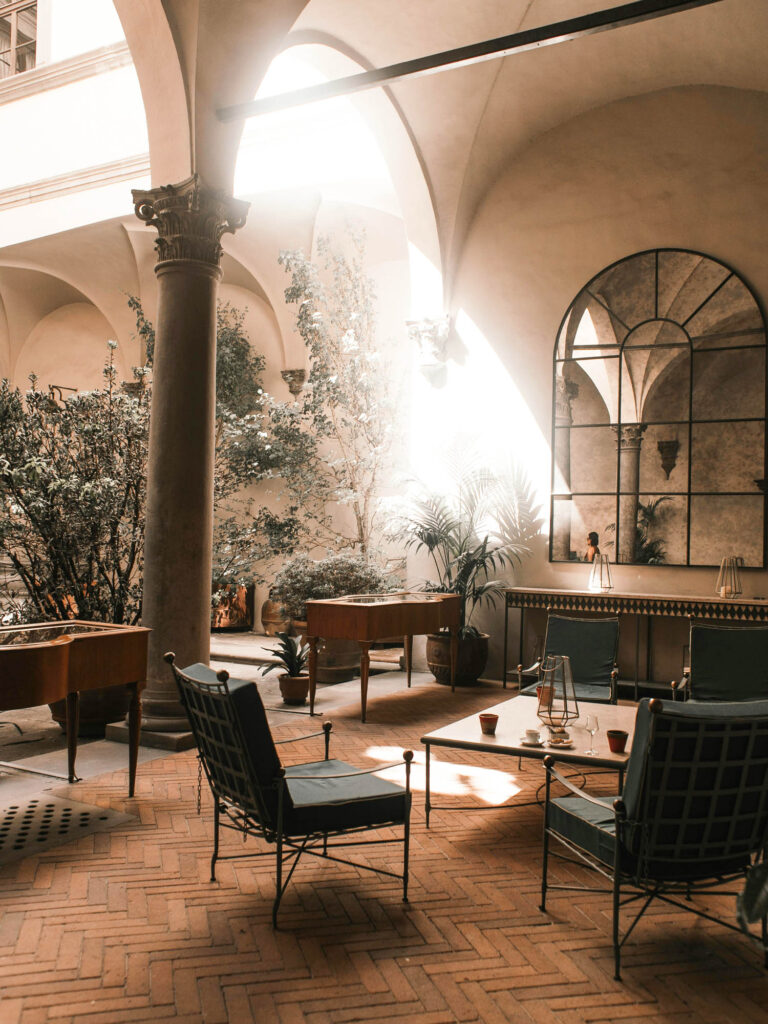
Embracing the Charm of the Past
Vintage pieces and heirlooms carry with them a sense of history and nostalgia. Whether it’s a weathered chest passed down through generations or a mid-century lamp found at a flea market, these items evoke memories of bygone eras. Embracing these pieces in your interior design not only honors the past but also adds a unique touch to your home.
The Beauty of Restoration
Restoration, in the context of vintage pieces and heirlooms, offers a deeply rewarding experience that goes beyond mere refurbishment. It entails more than just repairing damages; it involves a meticulous process of reviving the original charm and character of the item.
When engaging in restoration work, craftsmen often delve into the history of the piece, uncovering its unique story and significance, which adds an enriching layer to the process. Each restoration project becomes a journey through time, as skilled artisans strive to honor the craftsmanship of yesteryears while breathing new life into the object.
Refinishing a worn table is not simply about applying a fresh coat of paint or polish; it requires careful consideration of the wood’s grain, texture, and original finish. Skilled craftsmen employ techniques that highlight the natural beauty of the wood, enhancing its luster and depth. Through refinishing, the table is transformed into a focal point of the room, radiating warmth and character. Moreover, by restoring the table to its former glory, its functional lifespan is extended, allowing future generations to enjoy its beauty and utility.
Reupholstering a faded chair involves more than just replacing worn fabric; it entails a thoughtful selection of materials and patterns that complement the chair’s design and era. Upholsterers pay close attention to details such as stitching, padding, and decorative elements, ensuring that the chair retains its original style while gaining a fresh, revitalized appearance. By choosing high-quality fabrics and craftsmanship, the reupholstered chair becomes not only a statement piece but also a symbol of timeless elegance and comfort.
Repairing a delicate porcelain vase requires precision and expertise to mend cracks, chips, or missing pieces seamlessly. Restorers employ specialized techniques such as kintsugi, a Japanese art form that celebrates imperfections by highlighting them with gold or other precious metals. Through careful restoration, the vase regains its structural integrity while acquiring a unique aesthetic that tells the story of its journey through time. Displayed prominently, the restored vase becomes a testament to resilience and beauty, inspiring admiration and reverence for the artistry of the past.
In essence, restoration is more than a technical process; it is a celebration of heritage, craftsmanship, and the enduring beauty of timeless treasures. Each restored piece carries with it a legacy of artistry and history, inviting us to appreciate the craftsmanship of the past while infusing it with new life and purpose in the present. Through restoration, we not only preserve the beauty of vintage pieces and heirlooms but also honor their legacy for generations to come.
Mixing Old with New
Successfully blending vintage pieces and heirlooms with modern elements in interior design hinges on achieving a delicate balance. It’s about harmonizing contrasting styles and eras to create a cohesive and inviting space that reflects your personal aesthetic. By thoughtfully integrating old and new elements, you can cultivate a dynamic and eclectic ambiance that exudes character and charm.
Pairing a vintage dining table with modern chairs exemplifies the art of mixing old with new. The juxtaposition of the table’s timeless elegance with the sleek lines and minimalist design of contemporary chairs creates a captivating contrast. This blending of styles not only adds visual interest but also injects the space with a sense of vitality and sophistication. Each piece complements the other, resulting in a dining area that feels both timeless and refreshingly modern.
Similarly, displaying family heirlooms alongside contemporary art pieces can infuse a room with depth and personality. By juxtaposing the nostalgia of heirlooms with the innovation of contemporary artwork, you create a dialogue between the past and the present. This curated approach to decorating allows each item to shine in its own right while contributing to the overall narrative of the space.
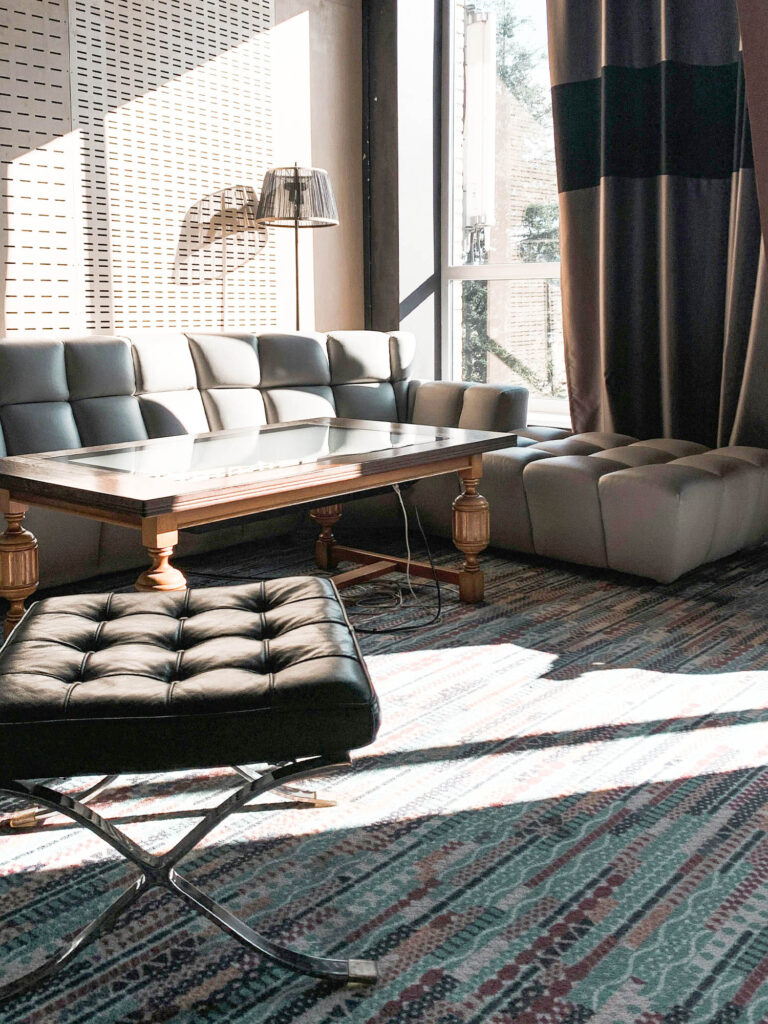
Whether it’s showcasing antique silverware alongside a striking abstract painting or placing a cherished heirloom vase next to a sculptural installation, the interplay between old and new sparks intrigue and invites exploration.
Achieving balance in mixing old with new also involves considering scale, texture, and color palette. Integrate vintage pieces and heirlooms strategically, ensuring they complement rather than overwhelm the space. Incorporate elements of continuity, such as repeating colors or motifs, to establish visual cohesion throughout the room. Experiment with layering textures and materials to add depth and dimension, creating a sensory-rich environment that delights the senses.
Ultimately, blending old with new in interior design is about creating a space that reflects your individuality and tells a story. Whether you’re drawn to the charm of vintage pieces or the innovation of contemporary design, embracing the juxtaposition of styles allows you to curate a home that is both timeless and of the moment. By striking a balance between the past and the present, you can cultivate a space that is uniquely yours, filled with warmth, character, and enduring beauty.
Revitalize your vintage pieces and heirlooms with this timeless interior design trend—keep reading to discover how to breathe new life into cherished items.
Tell a Story
Every vintage piece and heirloom has a story to tell, and integrating them into your interior design allows you to share those stories with others. Display family photographs in vintage frames, showcase heirloom quilts on beds, or create a gallery wall of ancestral portraits. These personal touches not only make your space unique but also create a sense of connection to the past.
Tips for Incorporating Vintage Pieces and Heirlooms
Start Small: If you’re new to incorporating vintage pieces into your design, start with smaller items like accessories or artwork.
Mix Textures: Incorporate a variety of textures to add depth and interest to your space. Pair vintage wood furniture with plush textiles or mix metallic accents with natural materials.
Don’t Be Afraid to DIY: Get creative with DIY projects to breathe new life into old pieces. Paint a vintage dresser in a bold color or repurpose heirloom linens into throw pillows.
Consider Provenance: When possible, learn the history behind your vintage pieces and heirlooms. Knowing their provenance adds an extra layer of meaning to your design.
In conclusion, in a world filled with mass-produced furniture and disposable decor, vintage pieces and heirlooms offer a breath of fresh air. By embracing these treasures and incorporating them into your interior design, you not only create a space that is uniquely yours but also honor the stories and memories they carry.
So, dust off those family heirlooms, scour flea markets for hidden gems, and let the past inspire your future design endeavors.
